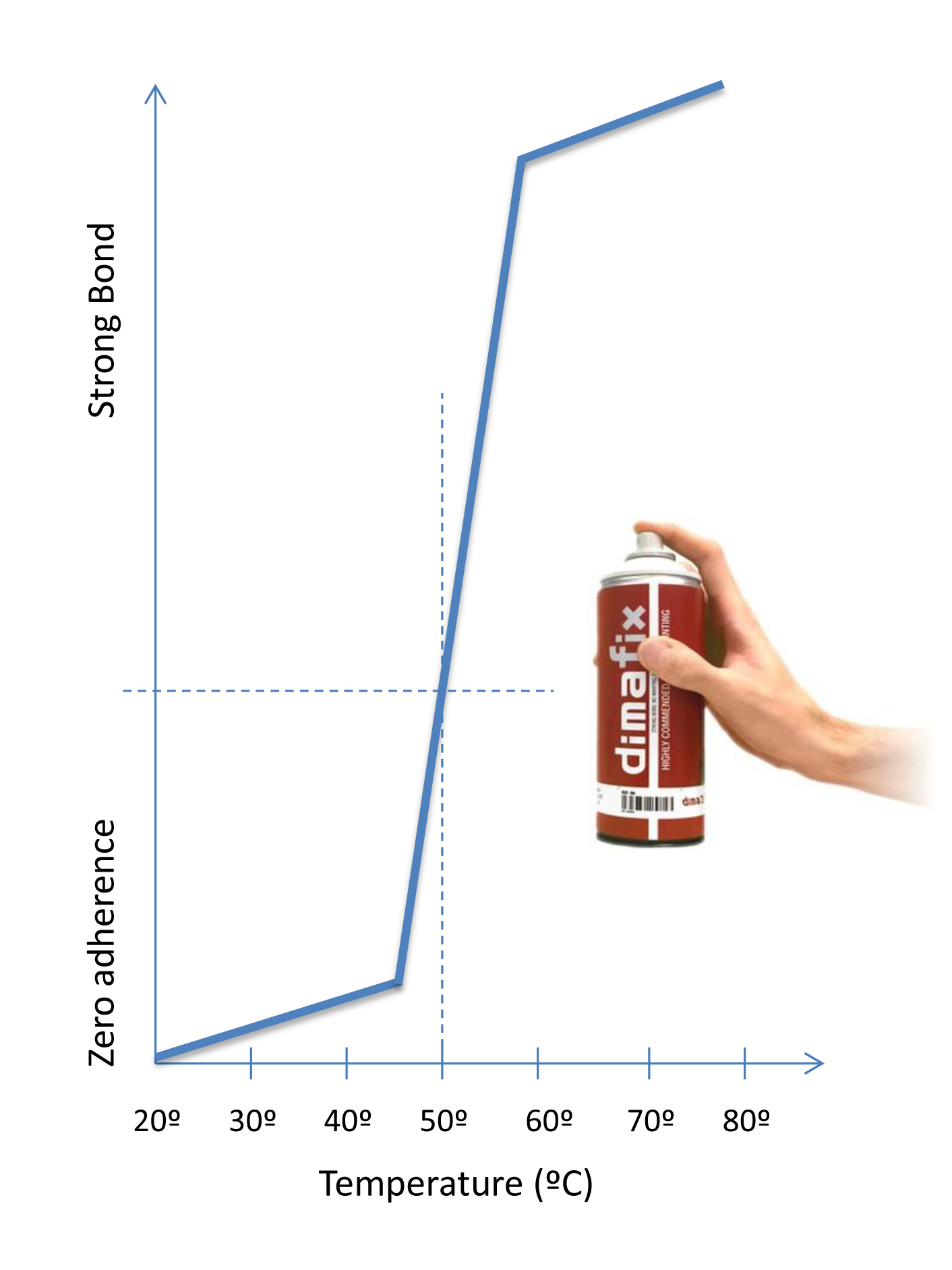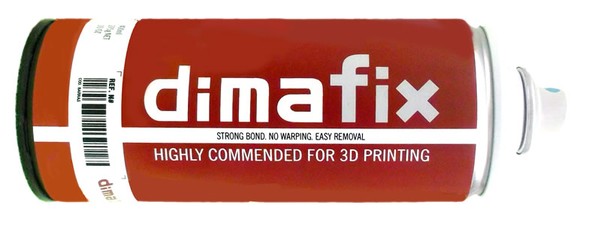3D printing company Dima3D has just announced the release of a new aerosol spray adhesive that has been formulated to prevent the warping of large-scale ABS models on heated 3D printing beds. But is this a product that we need, or is it time that 3D printing grew out of blue tape and hairspray?
The makers of the Dima LT 3D Printer have specifically developed Dimafix for use with thermoplastics on glass heated beds for FFF 3D printers. They say that it provides a strong bond between glass and plastic that is easy to break when needed. This is especially useful for larger ABS or Nylon prints that have a tendency to warp or crack if they’re not given a little extra help with adhering to the print bed.
Dimafox is activated when a heated 3D printer bed reaches the temperature of about 50˚C and the model will be ready to remove when the bed drops down below 40˚C. Dima3D is completely water soluble so cleaning should be a simple process.
I’m sure a lot of people who print with ABS already use popular methods like blue painters tape or hairspray, but both methods occasionally have issues. Blue tape can often get stuck to the model itself and make removal difficult, while hairspray can make it difficult to remove the model without breakage because depending on the brand being used it can over-adhere to the bed. Dimafix is supposed to allow the model to pop off easily, without any breakage or sticking because they’ve specifically designed it to do so.
Each 400ml aerosol can of Dimafix costs $11.69 and is non-toxic, low odor, and should provide about a hundred uses before needing to be replaced. It works pretty much the same as hair spray, so the bed only needs to be lightly coated and only in the spots that are going to have plastic printed on them.
There have been a few new products coming out recently that have been made for thermoplastics on heated beds and most users seemed to be pleased with their performance. But as far as I know no one has done any side by side tests with low-fi methods to see which is better. What do you think? What do you use for your heated beds and have you tried any of these new adhesives? And do you think they are improvements over hair spray and other methods to encourage sticking?





